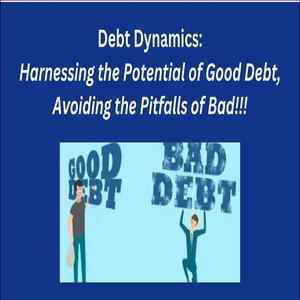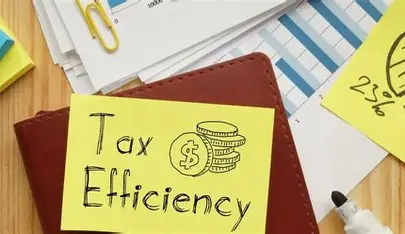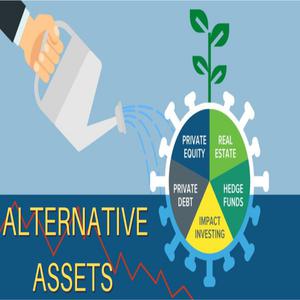In finance, people usually view debt negatively. Yet, for those who earn a lot and think strategically, debt can serve as a valuable financial resource if it is understood and managed well. The important part is to recognize the difference between "good debt" and "bad debt," using the former to create wealth and reach financial objectives.
The Economics of Good Debt
Beneficial debt acts as a way to invest in a brighter future. It is a type of borrowing made with the hope that the returns will be higher than the expenses involved. An excellent illustration of this situation is obtaining a mortgage to purchase a house in an expanding community. Historical trends reveal that properties in desirable areas usually gain value over time, and the rental income from such properties may cover mortgage costs, resulting in positive cash flow. Furthermore, in many places, the interest paid on mortgages can be deducted from taxes, which lowers the overall cost of borrowing.
Education loans also represent a form of beneficial debt. Pursuing advanced degrees or professional certifications can greatly increase your earning potential.Research shows that people with more education typically earn higher salaries throughout their working lives, making the initial debt a worthwhile investment. Wealthy individuals can similarly use debt to support business growth, as the increased income from this expansion often exceeds the borrowing costs.
The Pitfalls of Bad Debt
On the other hand, bad debt often covers expenses for items that don’t generate income or for unnecessary spending. For instance, credit card debt that goes toward buying luxury goods, which immediately decrease in worth, is classified as such. With credit card interest rates frequently surpassing 20%, the costs can pile up fast and hurt one’s financial situation. Additionally, taking out a high-interest car loan for a vehicle that loses value quickly illustrates another example of bad debt. These forms of debt don’t help in building wealth and can cause financial pressure if not handled wisely.

Leveraging Debt for Portfolio Diversification
Wealthy individuals can strategically use debt to broaden their investment options. For instance, taking out a loan at a low interest rate to invest in stocks or bonds could increase profits. This method, however, demands a solid grasp of financial markets and one's own comfort with risk. Experienced investors might also look at margin loans to boost their involvement in the stock market, but this has considerable risks, as losses can occur during market declines. The main point is to thoroughly evaluate the balance between risk and reward and confirm that the possible profits are worth the borrowing expenses.

Tax Efficiency and Debt Management
Wealthy taxpayers need to grasp the tax effects of debt. Some debts, like home equity loans taken for renovations, can provide tax benefits. When debt is organized wisely for tax purposes, people can lower their overall tax burden. Moreover, refinancing current debts to lower interest rates can lead to big savings throughout the loan period. Those with high net worth should collaborate closely with financial advisors and tax experts to improve their debt arrangements and benefit from any tax incentives that exist.

Risk Mitigation Strategies
Good debt can be quite beneficial, but it’s important to have ways to manage the risks involved. Having a solid emergency fund acts as a safety net during unforeseen financial problems, allowing for the repayment of debts without stress. Additionally, frequently assessing and refinancing debts when conditions are favorable can help lower expenses. Spreading out different types of debt also helps manage risk, lowering the chance of relying too much on one borrowing source.
In summary, debt itself is not simply bad or good; its effects on personal finances rely on how it is utilized. Those with higher incomes who take a thoughtful approach can use debt as an effective tool for building wealth. By understanding the difference between good and bad debt, using it for wise investments and tax benefits, and applying risk management techniques, wealthy individuals can successfully navigate debt and reach their financial goals.

Personal Brand: The Gateway to Lucrative Influencing

Can ChatGPT Really Pick Winning Stocks? The Truth About AI Investing

Do You Know Any Ways To Help You Reduce The Insurance Cost Of Your Car?

Soaring profits are now the right time to buy Bank of America?

Creative Strategies for Small Business Owners

Mobile Pay Security Pitfalls: How to Keep Payments Safe

Global Asset Allocation: Beyond the Basics
